Demanding breeds that struggle without constant attention.

Some dogs thrive in quiet homes with long stretches of downtime, but others unravel when their world slows down. These high energy or high maintenance breeds need more than food and affection. They need structure, stimulation and human presence woven throughout the day. When those needs are not met, the results can be stressful for the dog and overwhelming for the owner. Many people discover this tension only after bringing home a puppy that never seems to settle.
Busy owners often underestimate how much time, patience and engagement certain breeds require. These dogs are not bad pets, just mismatched companions for households packed with tight schedules. As each breed’s demands unfold, a common thread emerges. Some dogs simply need more than modern life can offer when time is short and days are crowded.
1. Border Collies struggle deeply without constant activity.
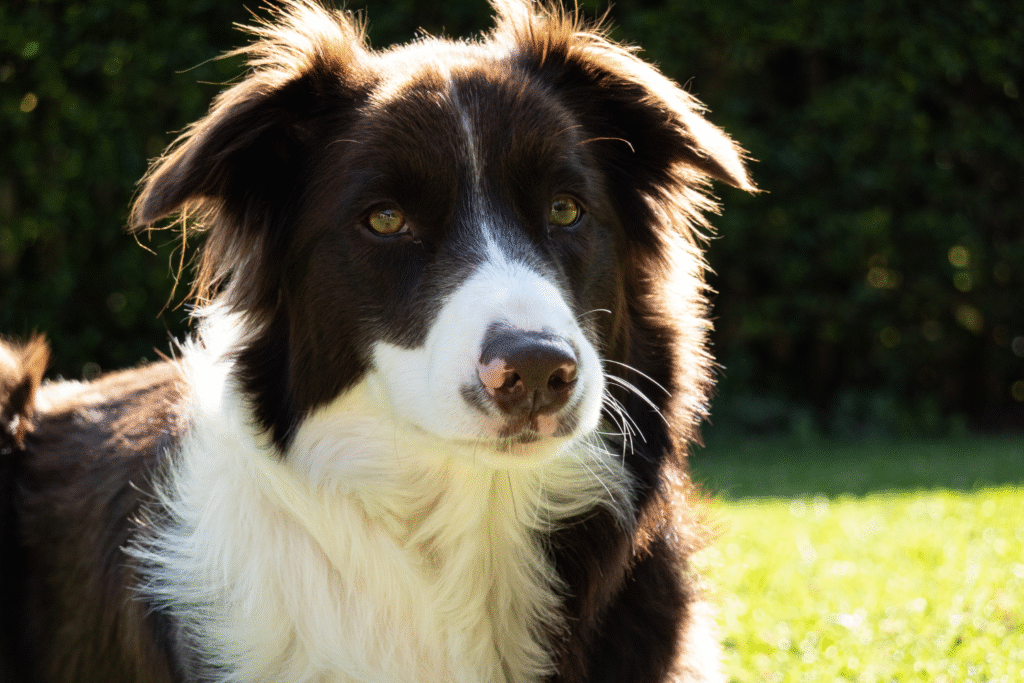
These dogs carry an intense work drive that rarely switches off. They crave tasks, engagement and movement throughout the day. Left alone too long, they create their own outlets by herding children, chasing shadows or dismantling the house board by board. Their intelligence makes boredom feel unbearable because their minds move far faster than a typical household rhythm can satisfy.
Over time their unmet needs turn into anxious pacing or compulsive behavior that grows harder to manage. The breed’s brilliance becomes a burden when life is too busy to match their intensity. This sets up the pattern seen in other working breeds that appear next.
2. Australian Shepherds need far more attention than they appear.

Their bright eyes and cheerful energy hide a deep need for mental challenges. These dogs require puzzles, long walks and frequent engagement to feel balanced. Without structure, their restlessness rises quickly and transforms into barking or destructive behavior. Their sturdy frame and athletic nature make them capable of endless motion.
As days pass with limited interaction, they often begin pushing boundaries to create stimulation. They nudge, paw or vocalize until they get a response. This constant need for direction becomes overwhelming for owners juggling tight schedules.
3. Jack Russell Terriers rarely slow down on their own.
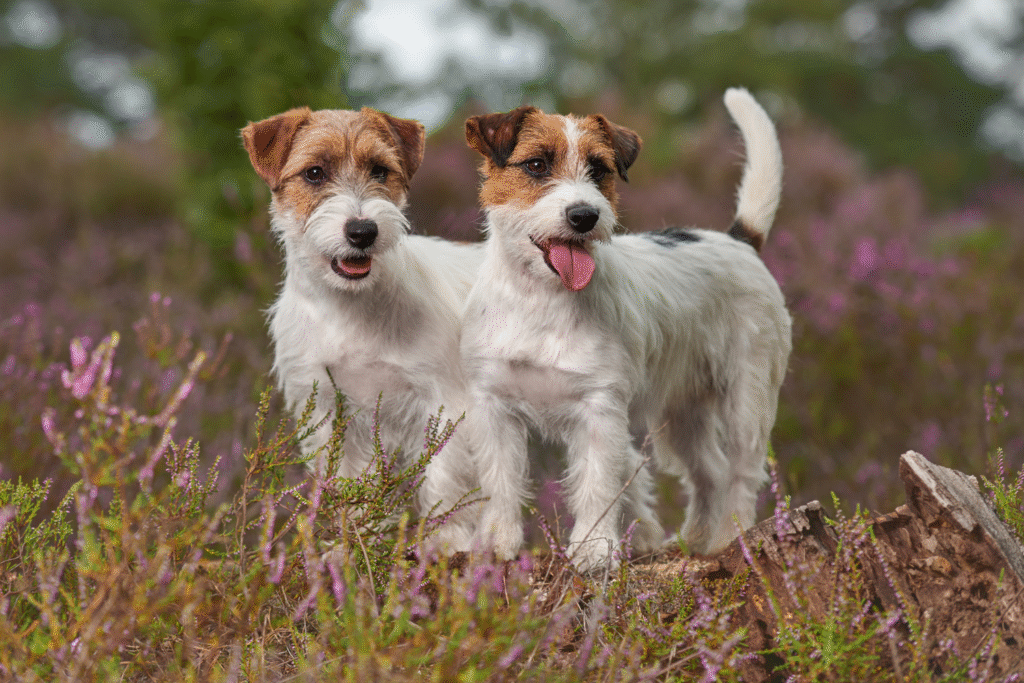
These small dogs carry an enormous amount of energy packed into a compact body. Their instincts push them to chase, dig and explore with remarkable persistence. A quiet life does not suit them, as their minds stay alert to every sound or scent. They thrive on activity that keeps both their body and their brain moving.
When left to their own devices, they become escape artists or property redecorators. Their determination can turn a calm home into a whirlwind. Their intensity blends seamlessly into the next breed known for demanding attention.
4. Siberian Huskies require hours of daily exercise.

Their athletic history makes them natural long distance runners that become restless without frequent outlets. They often vocalize, dig or attempt to slip fences when their needs are unmet. A quick walk around the block barely touches their energy level. They require sustained activity that fills both time and space.
As their frustration builds, they begin searching for any opportunity to release it. This may show up through howling or dramatic bursts of hyperactivity. Busy owners often struggle to keep up with the rhythm Huskies expect as part of their daily life.
5. Beagles follow their noses into constant mischief.

These scent driven dogs have a talent for wandering, tracking or digging the moment boredom creeps in. Their determination can make them stubborn when structure is lacking. They thrive on exploration and grow anxious when confined to quiet routines. Long workdays leave them restless and vocal.
Gradually their unmet curiosity turns into frustration that spills into unwanted noise or frantic pacing. They need hands on engagement, something many busy households cannot offer consistently. Their instincts quietly usher in the next breed with similar challenges.
6. German Shepherds depend on steady guidance each day.
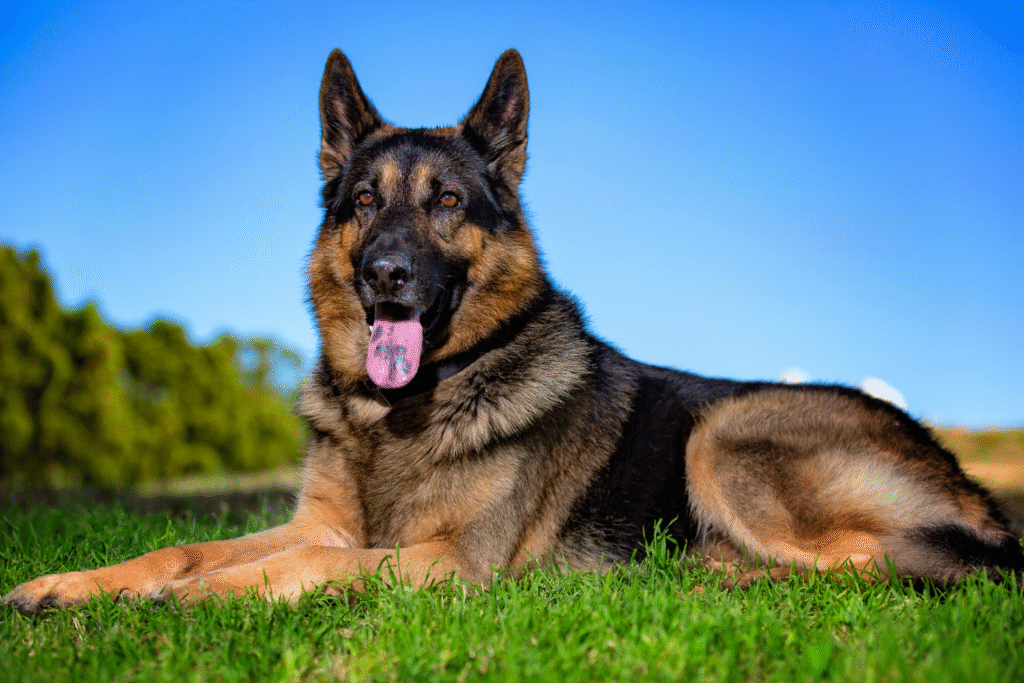
This breed excels when given tasks, training and clear expectations. Without these elements, their protective nature can develop into restlessness or stress. They need human attention to stay confident and grounded, and long hours alone create emotional tension. Their intelligence makes them sensitive to routine disruptions.
Over time they may begin guarding areas, pacing along windows or developing anxious behaviors. Their loyalty becomes a source of worry when they lack direction. They need stability and structure that busy owners often cannot maintain.
7. Belgian Malinois require relentless engagement and training.

These powerful dogs are built for complex work that pushes their mental and physical limits. They do not simply enjoy activity, they require it to stay balanced. Without near constant stimulation, they grow agitated and difficult to manage. Their sharp minds need a steady stream of challenges.
When their needs go unmet, they redirect their energy into destructive tasks. Their intensity demands a lifestyle many owners cannot sustain. Their requirements parallel those of another energetic breed that follows next.
8. Dalmatians develop restlessness without daily movement.

These athletic dogs once ran long distances alongside horses, and that instinct remains strong. They need long walks, play sessions and frequent mental challenges. Busy households often leave them under stimulated, leading to nervous pacing or vocalization. Their sleek build hides an engine that rarely slows.
As routines tighten, their frustration becomes more visible through nipping, jumping or digging. Their need for structured activity makes them difficult companions for owners with limited time.
9. Cocker Spaniels rely heavily on emotional presence.
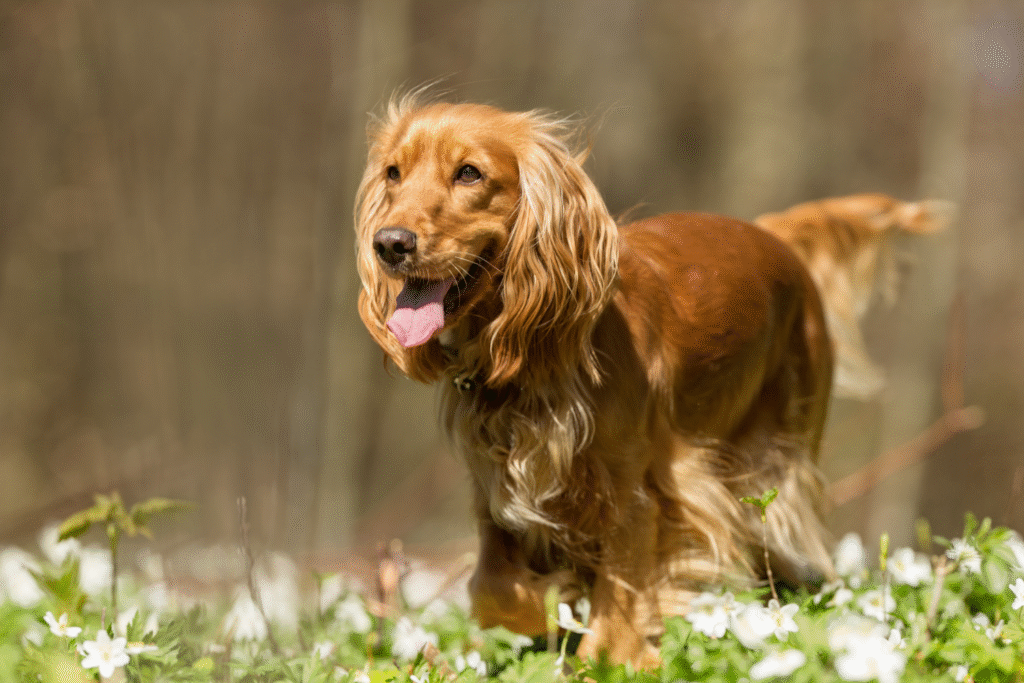
These sensitive dogs bond deeply with their families and struggle when left alone for long stretches. Their reliance on companionship makes them prone to separation stress in busy homes. They may bark, whine or become destructive as they attempt to soothe themselves.
As days pass with limited human connection, their anxiety grows. They crave closeness and reassurance, two things that busy households cannot always provide. This emotional need transitions gently into the next breed known for similar sensitivity.
10. Italian Greyhounds cannot handle long periods of solitude.
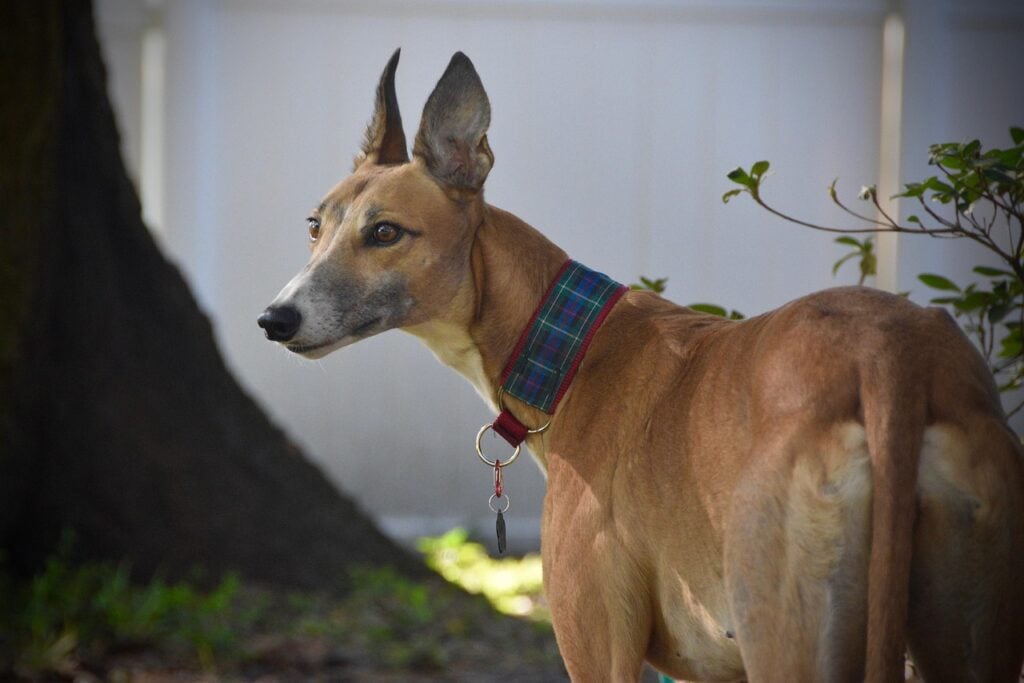
Their gentle personalities and fragile confidence require steady reassurance. When alone too often, they become anxious or withdrawn. They may tremble, hide or cling desperately when their owner returns. Their emotional landscape shifts quickly when routines become unpredictable.
As the separation continues, they may develop habits that signal quiet stress. Their sensitivity makes them wonderful companions for calm schedules but difficult for busy lifestyles that keep people away from home for long hours.
11. Shiba Inus need constant structure to stay balanced.

This independent breed appears self sufficient but requires consistent training, mental stimulation and patience. Without clear boundaries, they become stubborn or mischievous. Their intelligence pushes them to test limits when boredom sets in, creating challenges that escalate quickly.
Over time their solitary tendencies turn into aloof or unpredictable behavior. They thrive when routines remain steady, something busy households often struggle to maintain. Their needs echo those of the final breed on the list.
12. Boxers demand high engagement and emotional connection.

These affectionate and energetic dogs thrive on play, training and constant interaction. Their big personalities need space to express themselves. When their environment becomes too quiet or empty, they may chew, jump or make their presence known in dramatic ways.
As the boredom deepens, their enthusiasm shifts into restless energy that is difficult to redirect. A busy home stretches their patience thin and undermines the joyful nature that defines them. Their story, like the breeds before them, highlights how some dogs simply need more time than a packed schedule can offer.
